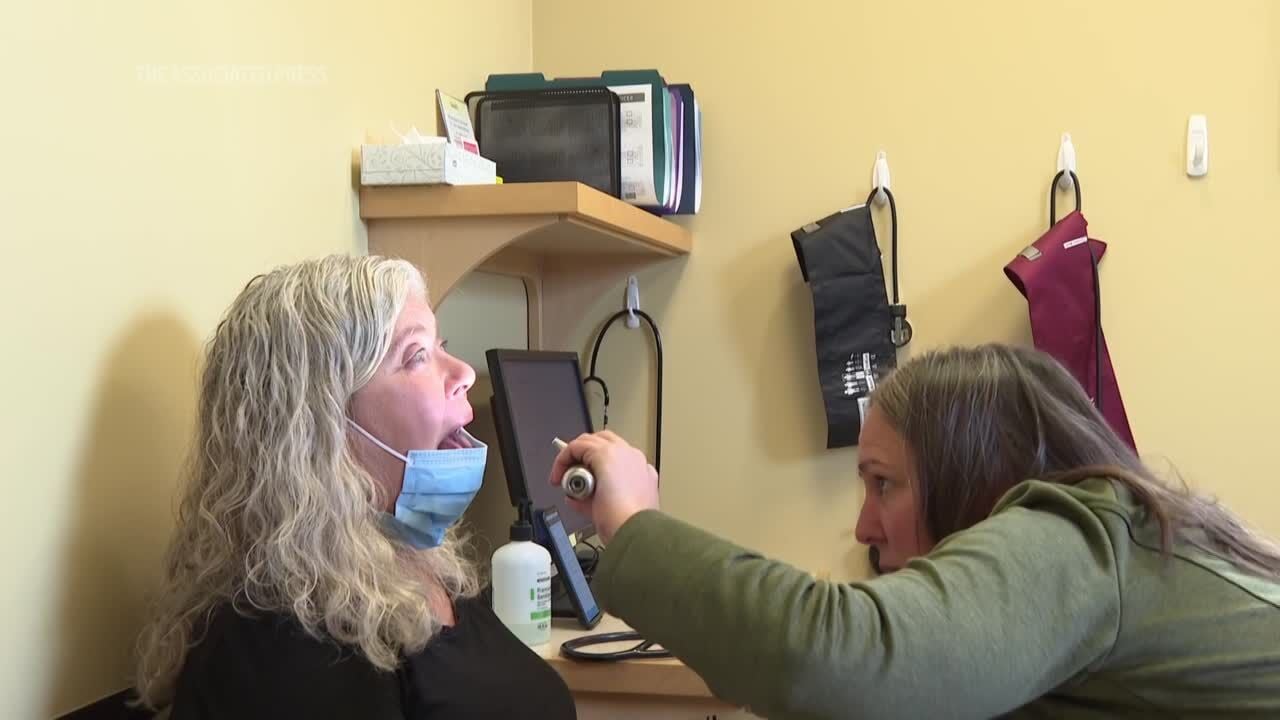A new analysis reveals that brief follow-up calls after hospital discharge aren’t reducing patient readmissions or emergency visits, suggesting a need to rethink postdischarge strategies. Researchers found no significant impact from these contacts within seven days of discharge.
Review finds postdischarge contacts do not reduce 30-day ED visits, readmissions
Key Takeaways:
- Postdischarge contacts don’t reduce 30-day readmissions.
- Systematic review analyzed 13 studies with 11 randomized trials.
- Most interventions were single phone calls within three days postdischarge.
- No significant change in emergency department visits observed.
- Authors recommend considering cost-effectiveness and targeted interventions.
Reevaluating Postdischarge Practices: Calls Don’t Lower Readmissions
Hospital readmissions remain a pressing concern for healthcare systems aiming to improve patient outcomes and reduce costs. However, a recent systematic review and meta-analysis published in the Annals of Internal Medicine suggests that one common strategy—postdischarge contacts (PDCs)—may not be making the hoped-for impact.
The Study at a Glance
Joel C. Boggan, M.D., M.P.H., from the Durham Veterans Affairs Health Care System in North Carolina, led a team that examined the effectiveness of PDCs within seven days of hospital discharge. Analyzing 13 studies, including 11 randomized trials, the researchers sought to determine whether these contacts could reduce 30-day emergency department (ED) visits, 30-day hospital readmissions, and improve patient satisfaction.
Unpacking Postdischarge Contacts
Of the studies reviewed, twelve delivered PDCs via telephone—a method widely adopted due to its convenience and reach. Most interventions (10 out of the 13) consisted of a single phone call, often made within three days after patients left the hospital. Notably, eight studies focused on patients deemed at higher risk, aiming to assess whether PDCs could offer added benefits for these vulnerable groups.
Findings Challenge Current Approaches
Despite the prevalence of PDCs in postdischarge care plans, the analysis revealed no significant differences in 30-day ED visits or readmissions between patients who received these contacts and those who did not. Patient satisfaction levels also showed no notable improvement.
“Although our review did not find evidence of significant effects of brief PDC approaches, health care systems should consider the cost-effectiveness of these relatively light-touch approaches on such costly outcomes as hospital readmissions,” the authors write. This raises important questions about the allocation of resources toward methods that may not yield the desired results.
Looking Ahead: A Call for Targeted Strategies
The study’s findings suggest that healthcare providers might need to shift their focus toward more intensive postdischarge interventions, particularly those tailored to patients most likely to benefit. “Such considerations of widespread universal brief PDCs should be balanced with the potential to target investments in more intensive postdischarge approaches,” the authors note.
As hospitals and clinics continue to seek effective ways to support patients after discharge, this research underscores the importance of evidence-based strategies. By reevaluating current practices, healthcare systems can better allocate resources and potentially reduce readmission rates through more impactful means.
Conclusion
While the convenience of postdischarge phone calls makes them an attractive option, this study highlights the necessity of assessing their true effectiveness. As readmission rates remain a critical metric for patient care quality and cost management, exploring alternative or supplementary approaches may prove essential in the ongoing effort to enhance post-hospitalization care.











